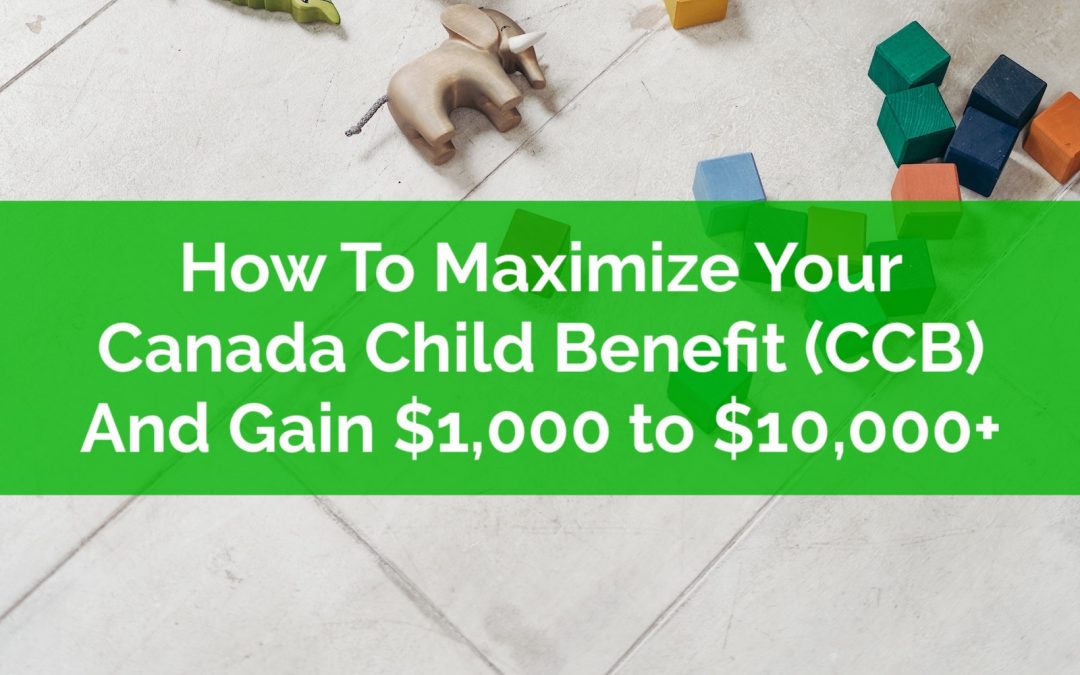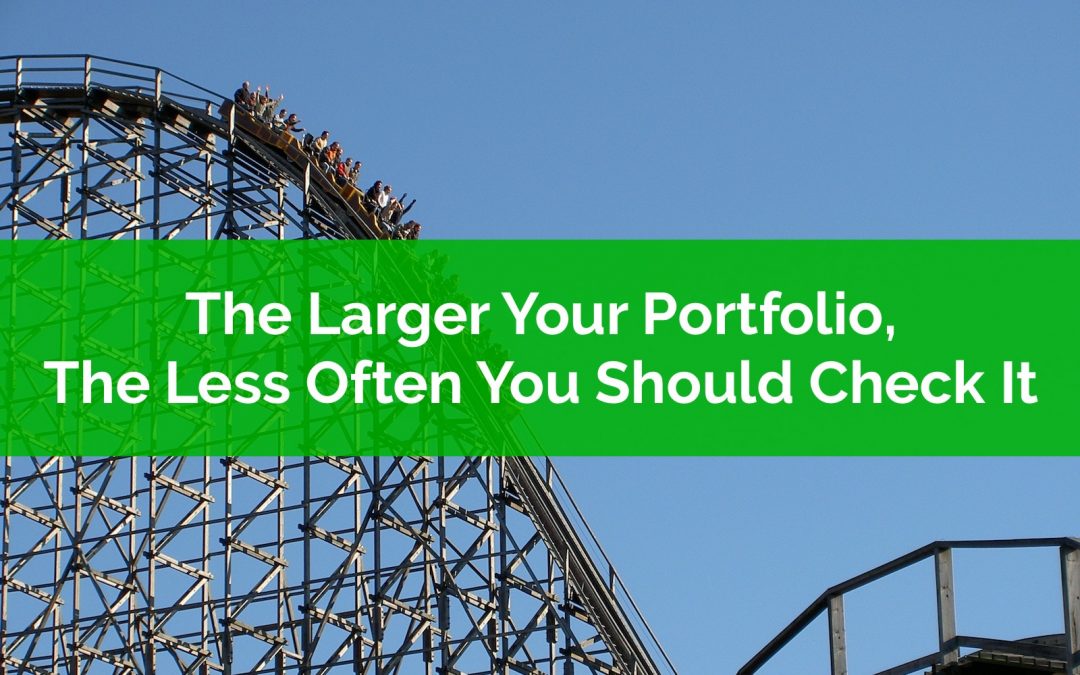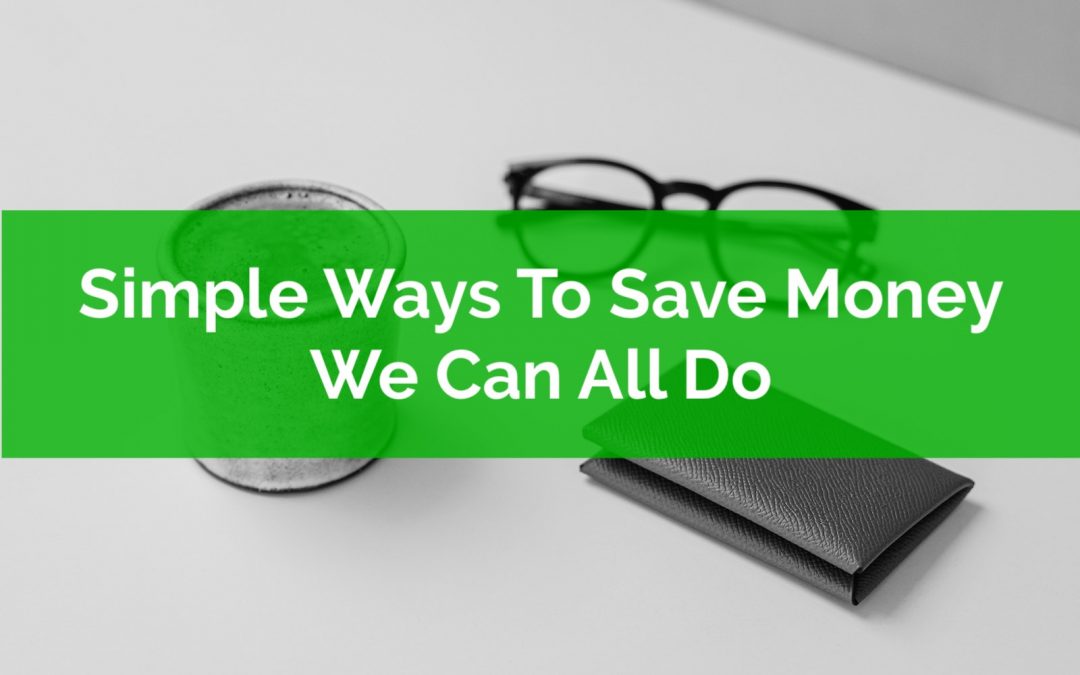
by Owen | Oct 31, 2022 | Behavioral Finance, Budgeting, Emergency Fund, Financial Goals, Financial Planning, Insurance And Risk Management, Saving Money
Emergency funds are great. There are lots of reasons why you should have an emergency fund. Financial emergencies happen all the time. It could be an unexpected car repair, the deductible on your home insurance, or something really terrible, like dropping your iPhone and it shattering into a million pieces.
The common recommendation is to have between 3 and 6 months of living expenses in your e-fund (more if you have variable income or work in an industry known for layoffs).
But saving 3 to 6 months of expenses can seem daunting. Even saving up just one month of expenses in your emergency fund can take a very long time if you’re just making ends meet.
Don’t get discouraged, emergency funds are great, even small ones. Having just $100 in a savings account can make a huge difference.
If it seems like it’s taking forever to reach your e-fund goal, and you want to build your emergency fund faster, then try one, two, or all eight of these ideas to help boost your e-fund quickly.

by Owen | Sep 26, 2022 | Behavioral Finance, Financial Goals, Financial Planning, Insurance And Risk Management, Investment Planning, Retirement Planning, Saving Money
With interest rates higher, GICs have become more attractive as an investment option and a 5-year GIC ladder can be a great addition to your portfolio. GICs can be considered part of your fixed-income allocation and in some cases GICs can even outperform bonds of equal length.
If you’re adding GICs to your investment portfolio then you’ll want to consider building a GIC ladder. A GIC ladder is a common way to invest in GICs.
When investing in GICs, a GIC ladder can help take advantage of the benefits of GICs while reducing the downsides.
GICs are typically locked in for a specific term. This could be shorter-term like 90-days or longer-term like 1-year, 2-years, 3-years, 4-years, 5-years etc.
Laddering GICs will help take advantage of longer-term GIC rates while also improving liquidity with some shorter-term GICs.
When a GIC ladder is working well, there will always be at least one GIC maturing every year which can then be used to purchase a new longer-term GIC. Here’s why you may want to set up a GIC ladder and how to do it…

by Owen | Sep 19, 2022 | Behavioral Finance, Financial Planning, Investment Planning, Retirement Planning, Saving Money
For 10+ years interest rates were at historic lows and investing with GICs was less attractive. But now interest rates are higher and adding GICs to your investment portfolio has become much more attractive.
If you don’t have GICs in your investment portfolio, then you may want to consider including some within your fixed-income asset allocation.
GICs (Guaranteed Investment Certificates) are a type of fixed-income investment. They’re extremely safe and in most cases are fully insured by the CDIC (Canadian Deposit Insurance Corporation) up to $100,000 per financial institution.
GICs are guaranteed. They’re like a savings account but with a higher interest rate. GICs are often locked in for a specific term. Terms can be as short as 30-days and as long as 10-years. But most GICs have terms of 1-year, 2-years, 3-years, 4-years, and 5-years.
Adding GICs to your investment portfolio can be very easy. It’s possible to buy GICs from many financial institutions directly OR to buy GICs through your brokerage account.
With interest rates higher, investing with GICs has become more attractive, and in some cases, GICs can even perform better than bonds!

by Owen | Jun 27, 2022 | Financial Planning, Government Programs, Investment Planning, RESP/Kids Education, Saving Money, Tax Planning
If you currently have children, or if you’re planning to have children soon, or if you know someone with children, then this blog post could help you increase the Canada Child Benefit (CCB) by $1,000’s or even $10,000’s.
The Canada Child Benefit is a generous government benefit. It’s available to families with children aged 17 and under. This benefit is based on taxable income and can be maximized with some careful planning.
By using just two common accounts, the TFSA and the RRSP, we can maximize the Canada Child Benefit (CCB) and also minimize income tax.
The net result is $1,000’s or $10,000’s in additional Canada Child Benefit (CCB) and potentially $100,000+ in additional net worth over the course of a financial plan.
In this blog post we’re going to go through a specific example of how one family can boost their Canada Child Benefit by over $55,000, and when combined with income tax reductions, improve their overall net worth by $300,000+

by Owen | May 16, 2022 | Behavioral Finance, Financial Planning, Investment Planning, Retirement Planning, Saving Money
When it comes to financial planning we often focus on the numbers, net worth, debt, rate of return etc. But half of financial planning has nothing to do with the numbers. Half of financial planning is about behavior. It’s about managing our behavior, our expectations, our emotions etc.
When it comes to personal finance, and specifically investing, we are often our own worst enemy. We make financial decisions based purely on emotion, often costing us more money down the road.
One of the most common mistakes we make is checking our investment portfolio too often. Investment portfolios are not something that should be checked daily or weekly (unless you’re day trading, which is a whole other conversation)
Checking our investment portfolios has become even easier with online brokerage accounts and financial aggregator apps like Mint.
But… just because it’s possible doesn’t mean you should.
The problem with checking your portfolio too often is that we don’t feel gains the same way we feel losses, even if they’re worth the exact same amount.
The emotional impact of a $10,000 loss is more than the emotional benefit from a $10,000 gain. It’s completely illogical, but that’s how we feel. We experience the emotional impact of losses more than gains. We remember losses more vividly, and for a longer period of time than we do for gains.
This is a problem when it comes to investing. Even though a well-diversified portfolio should gain over the long-term, it will likely experience some big swings in the short and medium-term. By checking our portfolios too often we experienced all those gains and losses, and because we feel losses more than gains, the net effect is that we can feel a bit sad.
What we need to do is check our portfolio less often, especially for medium and large portfolios. Let me explain why…

by Owen | Jan 31, 2022 | Budgeting, Financial Goals, Saving Money
We could all use some simple ways to save money each month. Saving money is important. Saving money helps us reach our financial goals.
The problem with traditional “money saving tips” is that everyone’s goals and values are different. We spend money differently and those typical “money saving tips” usually end up focusing on silly things like discretionary spending.
This list is different. This list includes simple ways to save money that we can all do without impacting our lifestyle. This money saving list doesn’t focus on lattes or avocado toast, it focuses on simple changes to our spending/saving/investment routine that can lead to some big savings.
You might be doing some of these things, or maybe even all of these things. If you are, you’re probably saving an extra $1,000+ per year. If you’re not, then there are some big opportunities if you make a few of these changes.






